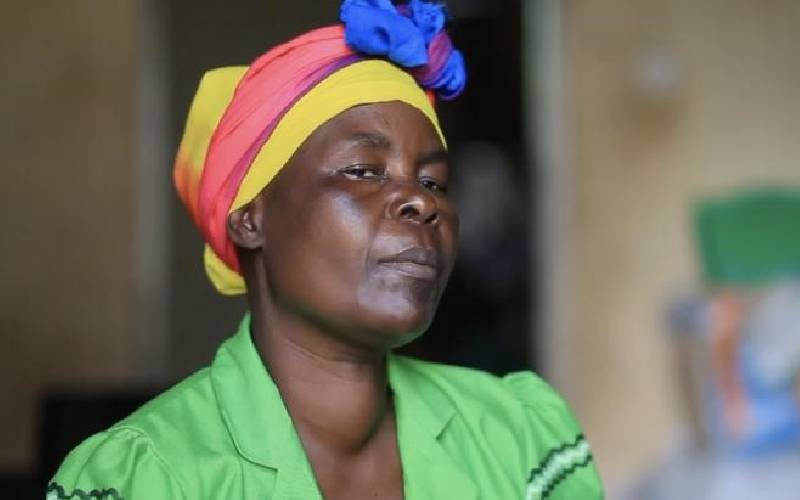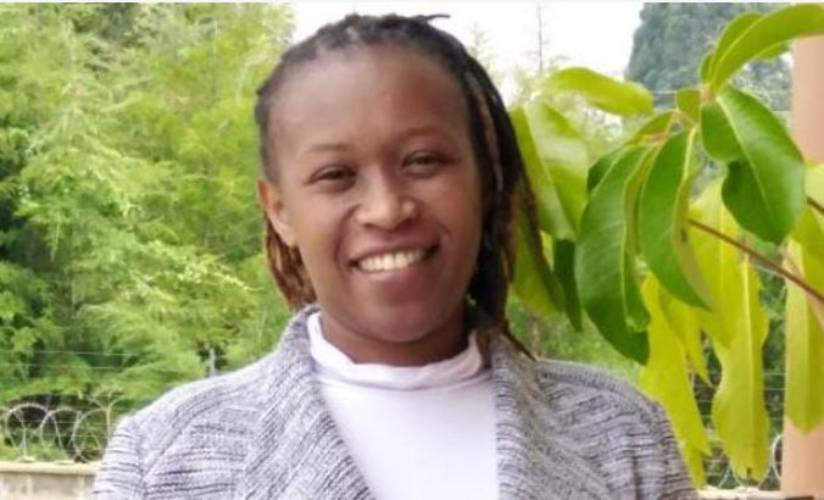NAIROBI: Reports that thousands of poor cancer patients are dying on the queue, at the Kenyatta National Hospital (KNH) greatly undermine the new Constitution, which guarantees the right to health.
The Bill of Rights, which was reinforced by the Kenya National Patients' Rights Charter published by the Government last year, guarantees every Kenyan the right to the highest attainable quality of healthcare, products and services.
But the heart breaking account of how patients have to wait for up to two years or die on the queue before they can access treatment exposes a big gap between policy and the reality on the ground.
It has been known for more than four decades that KNH, which is the only public health facility in the country with a radiology clinic, has always been overwhelmed by demand.
Today, it can only serve a third of all the patients who turn up for services with the rest, or about 60 per cent of the population that cannot afford treatment in expensive private hospitals, being left to face grim fate.
Government bureaucrats may want Kenyans to believe that this development is as a result of burgeoning cancer cases across the country that has outstripped service capacity.
But this should not be left to stand because cancer cannot be compared to outbreaks such as Ebola, which can reach overwhelming levels within a few weeks or months, easily turning into epidemics like has happened in West Africa.
Cancer is a relatively slow moving disease with epidemiologists periodically making quite realistic projections to ease planning. Currently, it is estimated that 28,000 new cancers occur annually resulting into 22,000 deaths.
With 80 per cent of these patients estimated to require radiotherapy and incorporating population growth, it is possible to draw up the necessary treatment requirements and put up the necessary infrastructure.
But bureaucracy and poor case management have resulted in the high case loads reported at KNH.
About two years ago, it was reported that the hospital, with assistance from the Kenya Medical Supplies had acquired a much more efficient radiology machine-Linear Accelerator, which is yet to be set up.
A plot near the hospital where the new technology was supposed to have been installed is still a patch of grass with no indication when the host facility will be put up.
It is crucial to look at the big number of patients in need of radiology and start working on a quick solution to the problem.
New cancer treatment guidelines released by the Ministry of Health shows most cancer treatments being administered, do not achieve much because the patients usually turn up in late stages when the disease is not curable.
It recommends that health workers professionally disclose such information to patients and suggest alternative support therapies.
Stay informed. Subscribe to our newsletter
While these measures may only offer a small relief to the system, the guidelines developed in 2013 were very specific on what should be done about cancer.
Specifically, it suggested the establishment of four regional cancer treatment centres at the Coast, Nyanza, Nyeri and Eldoret as a first step. For the centres to open, they would require 125 cancer specialists whose training would take four years.
If these recommendations are acted upon, it would take about two years only to roll out the country's first regional cancer treatment programme and effectively, reduce pressure on KNH.
It is time to pull out this report from where it is kept, dust it up and make a genuine effort to operationalise its recommendations.
 The Standard Group Plc is a
multi-media organization with investments in media platforms spanning newspaper
print operations, television, radio broadcasting, digital and online services. The
Standard Group is recognized as a leading multi-media house in Kenya with a key
influence in matters of national and international interest.
The Standard Group Plc is a
multi-media organization with investments in media platforms spanning newspaper
print operations, television, radio broadcasting, digital and online services. The
Standard Group is recognized as a leading multi-media house in Kenya with a key
influence in matters of national and international interest.
 The Standard Group Plc is a
multi-media organization with investments in media platforms spanning newspaper
print operations, television, radio broadcasting, digital and online services. The
Standard Group is recognized as a leading multi-media house in Kenya with a key
influence in matters of national and international interest.
The Standard Group Plc is a
multi-media organization with investments in media platforms spanning newspaper
print operations, television, radio broadcasting, digital and online services. The
Standard Group is recognized as a leading multi-media house in Kenya with a key
influence in matters of national and international interest.








